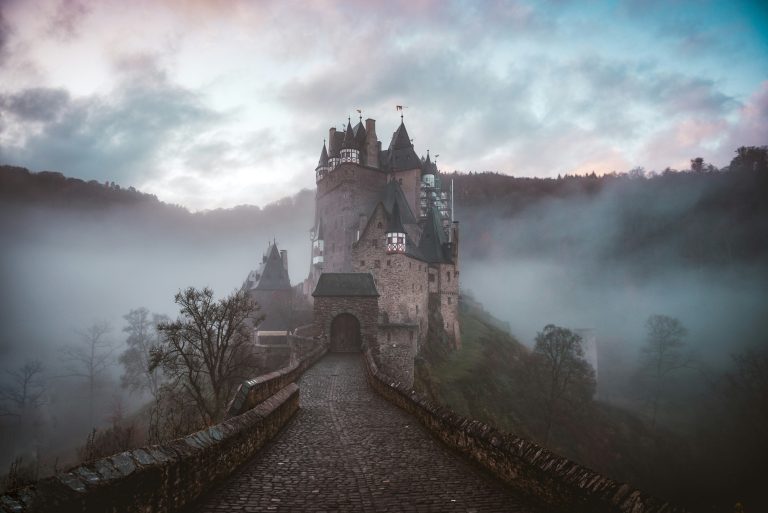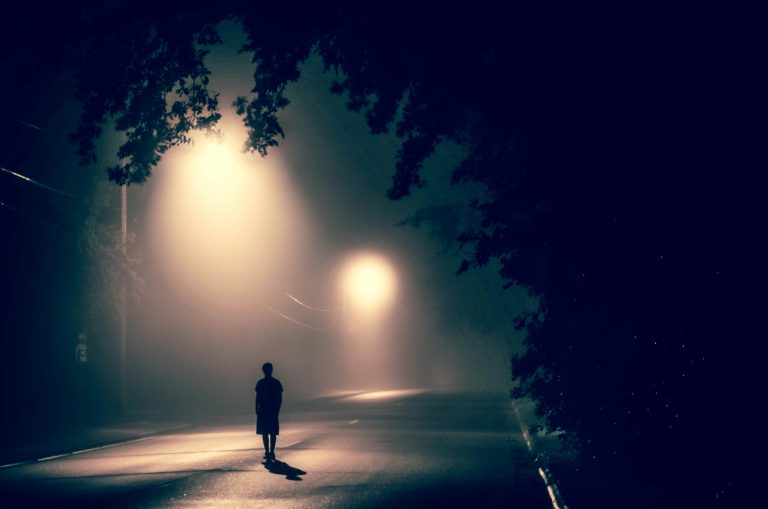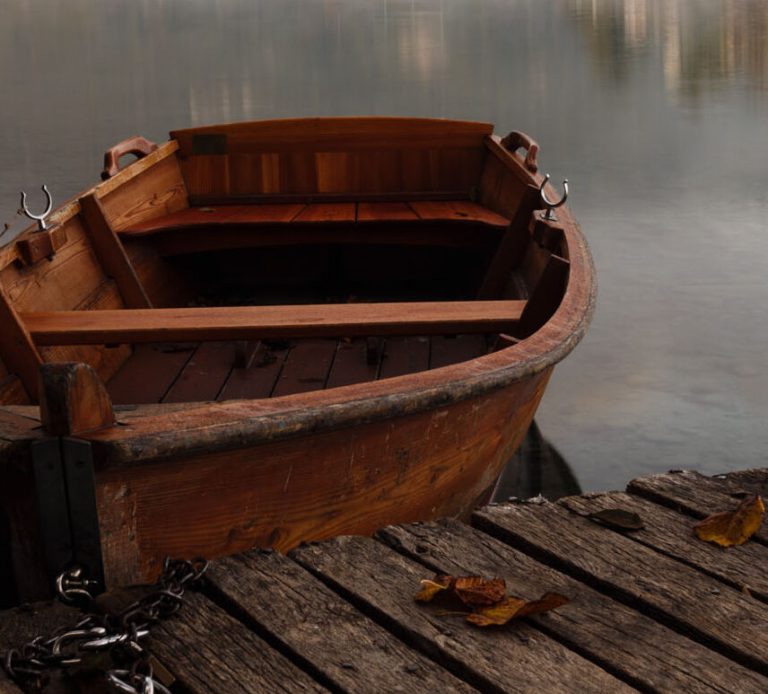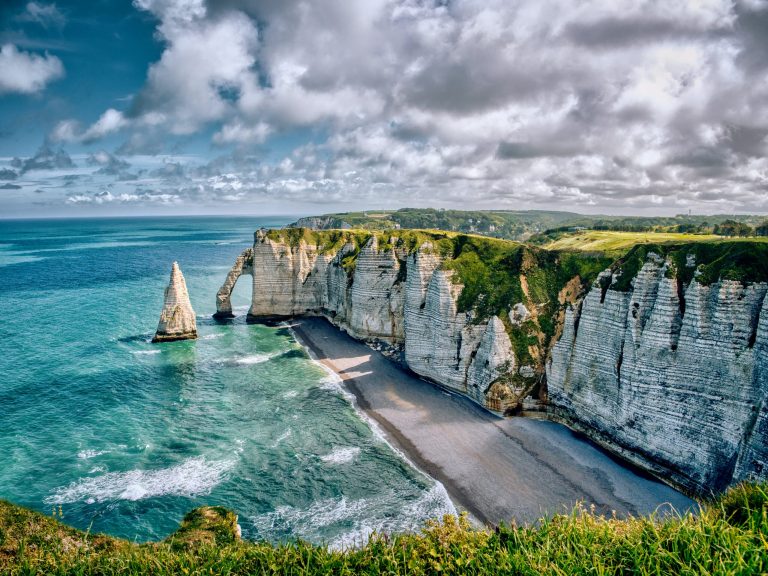The Narrative Significance of Place
Guest post by Mariia Kukkakorpi. Have you ever considered how places influence storytelling, shape the atmosphere, or evoke the reader’s…

Guest post by Mariia Kukkakorpi. Have you ever considered how places influence storytelling, shape the atmosphere, or evoke the reader’s…

Every person or character, at any given time, is in a particular mood. Generally, mood is a person’s state of…

Settings in fiction are often in the background—literally. Characters are talking and doing things, but readers get merely a glimpse…

Today’s guest post is by Dario Villirilli. In storytelling, world building is the process of constructing an (often imaginary) world…

Here’s a post I wrote some years ago that is worth revisiting! One of the reasons readers willingly immerse themselves…

Fiction writers often ignore setting. Or it’s casually brushed over as if the writer begrudgingly knows something ought to be…

This month I’m launching my new online video course: Crafting Powerful Settings. Here’s the intro to the course. If you…

One of the primary objectives and responsibilities of a fiction writer is to transport readers into the world of their…

Today’s guest post is by Yasmin Chopin. I am often asked, ‘What is place writing?’ As a field of study,…

Subscribe to my email blasts to level up your writing and be notified of upcoming events and offers!
No products in the cart.